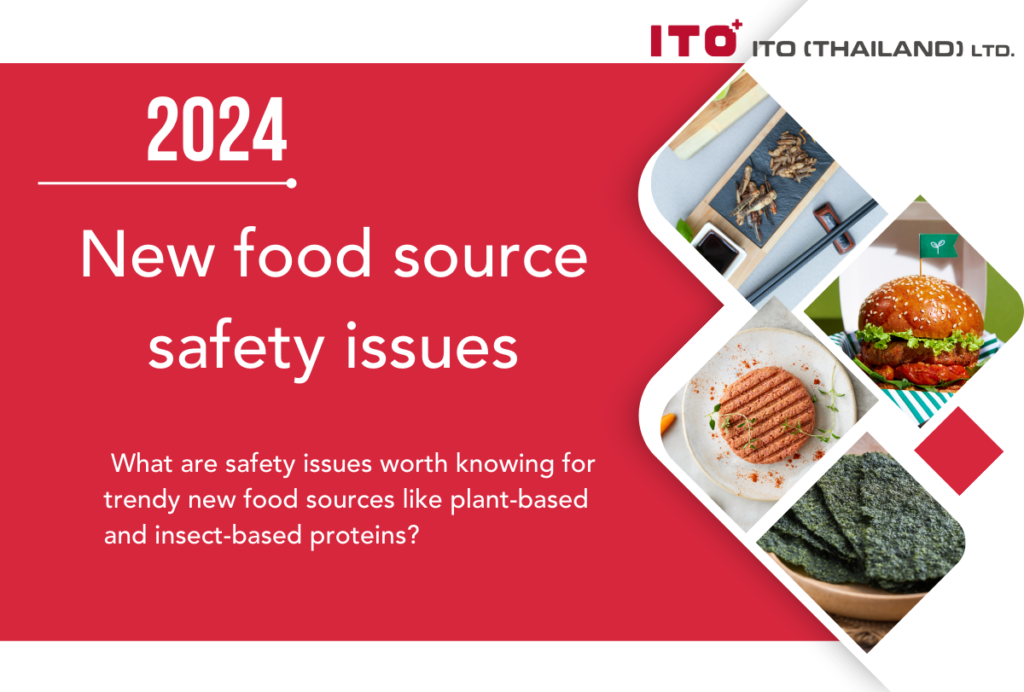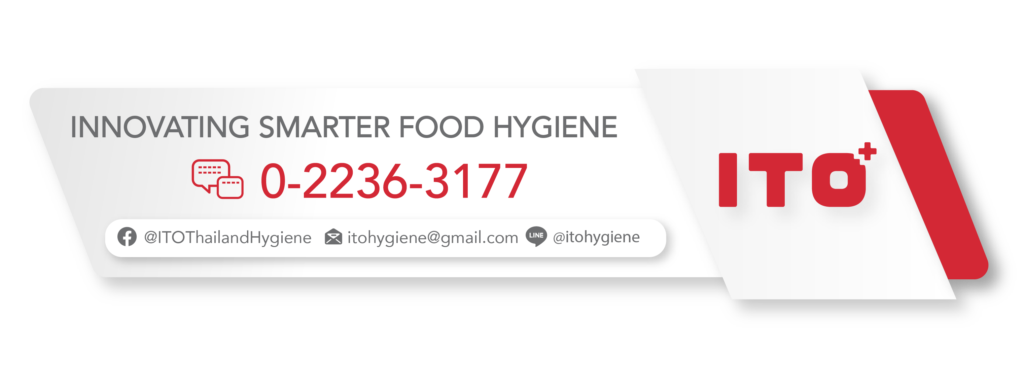ITO Thailand Hygiene Blog
New food source safety issues
What are safety issues worth knowing for trendy new food sources like plant-based and insect-based proteins?
The current trend on the environment, sustainability, and carbon footprint reduction are popular and gaining a lot of attention. One of them is finding new, more sustainable food sources for humans that take less resources to produce such as water, space, and food, including processes that emit fewer greenhouse gases. In addition, this may also include the development of foods that are highly nutritious, and some are also alternatives for people with food allergies.
We have already mentioned some of these group foods: Alternative insect-based protein, plant-based foods (plant-based protein), cultured protein, including marine-based food sources such as jellyfish and algae (read more on the link of each topic in Ito Thailand’s blogs).
However, safety issues and health impacts are one of the key issues that should be considered in the need to develop these new food sources. Therefore, there are efforts to discuss safety for food in the new era. As for safety issues in new food sources, the USFA (2022) mentioned them as part of the report Thinking about the Future of Food Safety: A Foresight Report [1]. Today, we would like to share a summary of interesting points:
•Insect-based foods
Insect-based foods are a good source of proteins and certain minerals, and more environmental-friendly than the conventional livestock now. However, as for hazard caution, consideration must be made from the type of insects, their diet, whether they are captured from natural sources or raised in farms, microorganisms in the insects’ gut, to storage and transport. Examples of potential hazards include insect-borne pathogens that can contaminate the insects’ diet if the control is improper, contamination of insecticides and other chemicals in insects, as well as allergies caused by proteins in some insects. The same applies to protein allergies of crustaceans that may require further study.
•Foods from jellyfish
Foods from jellyfish are low in calorie and a good source of collagen. However, some jellyfish are naturally poisonous. Therefore, a good species study is required to ensure that it is suitable for eating. Microorganism contamination is pathogenic as well as other marine animals. Chemical hazards include heavy metal contamination from marine pollution, algal toxins contaminated in jellyfish and allergens. In addition, there may also be hazards from the production process of foods from jellyfish that uses alum for food preservation that may result in aluminium contamination exceeding the safety threshold. As for physical hazards, there are reports that marine animals including jellyfish may eat plastics ranging from large to micro and nano plastics and lead to plastic contamination in foods.
•Plant-based foods
Plant-based foods are becoming increasingly popular as they are a good choice for the environment, reduce greenhouse gas emission, and contain good nutrition, or they serve health reasons. Nevertheless, to primarily consume this food group, proper nutritional values such as the types of amino acids and necessary minerals and the salt content in instant foods. As for the contamination issues, they are relatively similar to foods in general that contain plants as raw materials. Examples are microbial contamination from soil, fertilizers, and water, microbial growth on vegetables with high humidity, mycotoxins, pesticides, antinutrients in legumes that may interfere with the absorption of other nutrients, including allergens. This is especially in soybeans and peanuts. and flavoring agents to mimic meat (e.g., soy leghemoglobin), which may require further study of the health effects if consumed excessively.
•Foods from algae
Foods from seaweed are sustainable and versatile. They can be eaten as a source of nutrition (vitamins, minerals, good fatty acids, etc.) and used as an additive to help improve the food quality or to design new forms of foods such as gel balls from Alginate derived from algae (read more in Food Gastronomy) or agar. Caution about foods from algae: Firstly, phycotoxin caused by microbial growth that produces cyanobacteria and contaminates algae, contamination of pathogenic microorganisms and heavy metals from sea pollution (same as other types of seafood), iodine and nitrate content that can be so high that they cause health problems if consumed in excess. For the issue of allergies to algae protein, there is still relatively little study in this area.
•Foods from cultured cells
Foods from cultured cells are a new way of creating proteins that attempts to reduce environmental impact of farming and livestock. Safety consideration must begin from the source of cultured precursor cells, components of substances used to culture cells, to control in every step of the manufacturing process. At present, there are no specific regulations regarding this, and they are considered on a case-by-case basis.
In summary, good hygiene management is always at the heart of food safety. However, what is additionally needed might be to study the health effects of substances in new food sources. In addition to the new food sources that need to be considered in terms of safety, new manufacturing processes also require safety considerations and specific control regulations. For example, food irradiation is currently considered by the USFDA as one of the food additives, which is also very interesting. If there is an opportunity, we will share it with you in the future.
Reference
- 2022. Thinking about the future of food safety: A foresight report [online: https://www.fao.org/3/cb8667en/cb8667en.pdf]
- 2018. Overview of Irradiation of Food and Packaging [online: https://www.fda.gov/food/irradiation-food-packaging/overview-irradiation-food-and-packaging]
Related Post
-
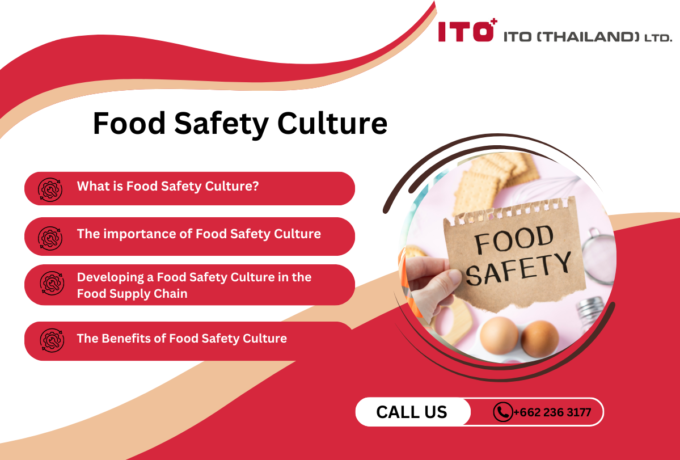
Food Safety Culture
Food safety culture plays a crucial role in safeguarding the company's reputation, ensuring the well-being of its employees, and providing a safe experience for its customers.
-

British Retail Consortium (BRC) Standard
Food safety management systems play a vital role in ensuring the production and distribution of safe and high-quality food products to consumers. With the global food supply chain becoming increasingly complex, food businesses must implement effective systems prioritising safety, quality, and compliance with industry standards. A food safety management system encompasses a set of procedures, processes, and controls designed to identify, prevent, and manage potential hazards at every stage of the food production and supply process. This proactive approach not only safeguards consumers' health but also protects the reputation and credibility of food companies in an ever more competitive market.
-
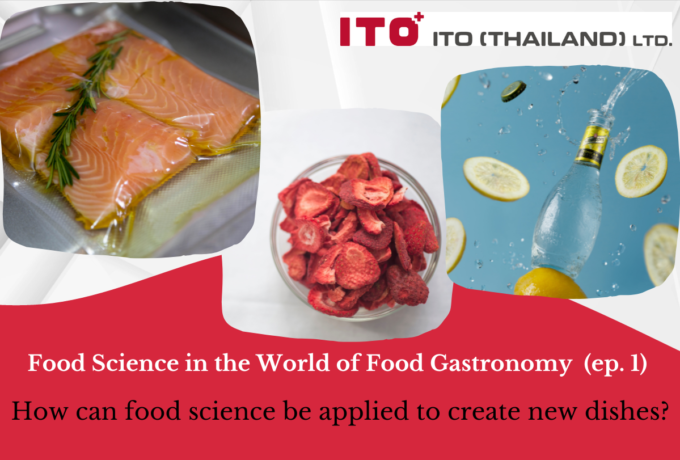
Food Science in the World of Food Gastronomy (Part 1)
How can food science be applied to create new dishes?
-
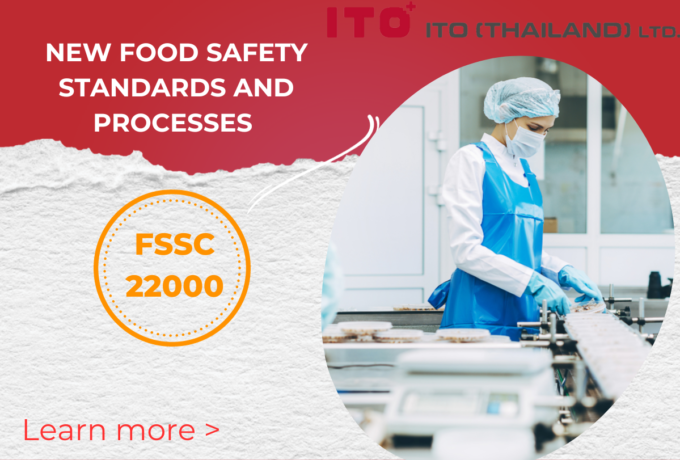
FSSC 22000
Food manufacturers must ensure food safety standards and processes. FSSC 22000 is an official certification program for Food Safety Management Systems (FSMS) recognised by the Global Food Safety Initiative (GFSI). This certification scheme offers a set of guidelines and procedures to ensure uniformity, openness, and safety across your entire supply chain. It applies to all companies operating within the food and beverage industry, ranging from farmers to retailers. By fulfilling the necessary criteria and obtaining FSSC 22000 certification, it is demonstrated that the required standards for food quality and implementing effective processes to manage and mitigate risks associated with food fraud, foodborne illnesses, expensive recalls, and other external threats are met.
-

Food Safety Aspects of Artificial Sweeteners
Artificial sweeteners, also known as sugar substitutes, non-nutritive sweeteners, or high-intensity sweeteners, are artificially produced compounds utilised in place of sucrose (table sugar) to add sweetness to food and drinks. Due to their significantly higher sweetness than regular sugar, only a fraction of artificial sweeteners (200 to 20,000 times less) is required to achieve an equivalent level of sweetness. Since the caloric contribution of these sweeteners, when used in such small quantities, is insignificant, they are often referred to as non-nutritive (4).
-
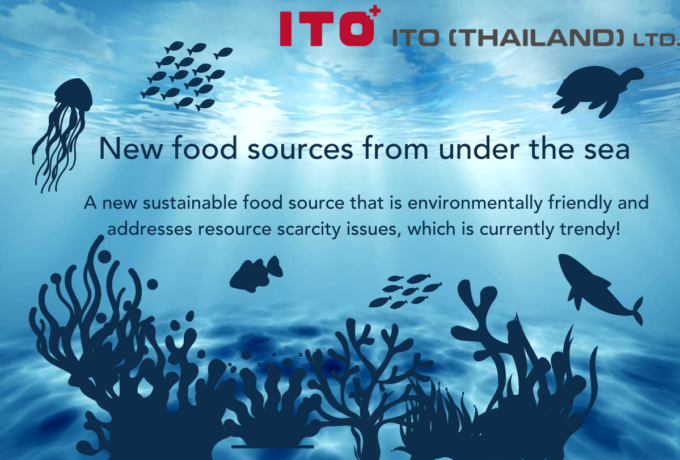
New food sources from under the sea
A new sustainable food source that is environmentally friendly and addresses resource scarcity issues, which is currently trendy! Let's get acquainted with the new food sources from the underwater world, such as seaweed and jellyfish.








